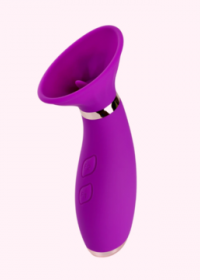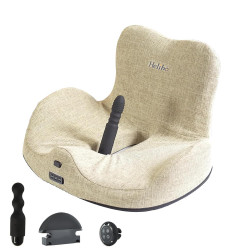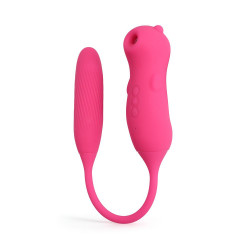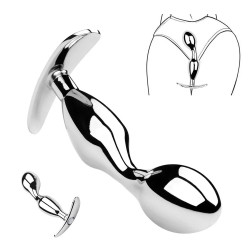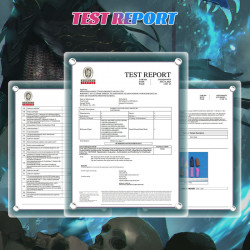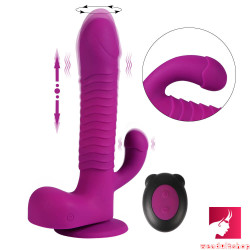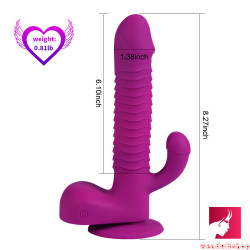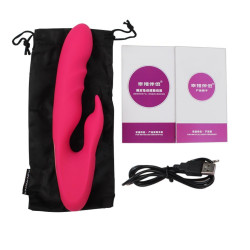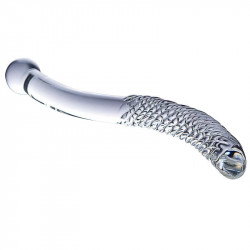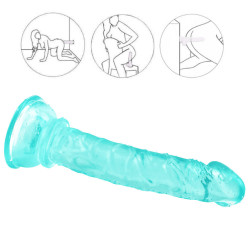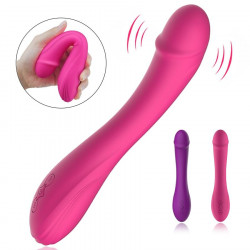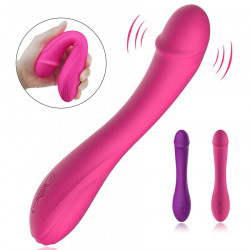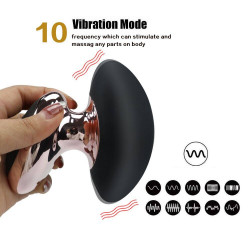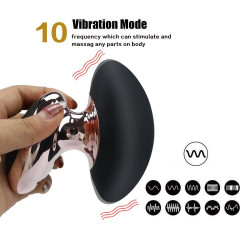
Rope Bondage
In the BDSM technique of rope bondage, a submissive partner's movements are restrained and restricted, their body is artfully wrapped, or the sub is suspended in midair. Although the latter two are usually thought of as forms of rope bondage, they can also be called rope play, kinkabu, or shibari. The Japanese bondage practice known as shibari is the source of many modern rope bondage techniques. Aside from shibari, there are several noteworthy modern forms of rope bondage, such as breast bondage, suspension bondage, speed bondage, and Western or American-style bondage.
More About Rope Bondage
The individual tying their partner in rope bondage typically enjoys their sense of control and power as well as their partner's surrender. The sensation of the rope against their skin and immobility tends to stimulate the restrained spouse. Along with many other psychological and sensory aspects of rope bondage, they may also become aroused by the fight or by giving in to the sensation of being captured.
Many people find pleasure in rope bondage alone, while others use it to increase the accessibility of a constrained partner for sadomasochistic play.
Modern rope bondage practitioners can use Japanese bondage ropes made of jute natural hemp or traditional ropes. Although they are more costly, thick cotton or silk ropes work very well. Once they're tied, they won't move. A more affordable, contemporary option is solid braid nylon rope, which is very simple to untie after a session.
Those who are unfamiliar with rope bondage and BDSM should try to receive some training from a trained practitioner or resource. A safe word should always be used to protect the bound partner's physical safety and ensure their limits are upheld.
To prevent stopping circulation, ropes should be kept loose enough for two fingers to pass between the fiber and your partner's skin. The sub should switch positions at least once every hour to prevent circulation issues. If the sub experiences tingling or numbness, they should speak up. This can indicate nerve injury or circulatory problems. No one's breathing should ever be restricted by rope. Once tied, a sub should never be left unattended. If you need to rapidly release your spouse, having some flat-edged safety scissors on hand is a good idea.

